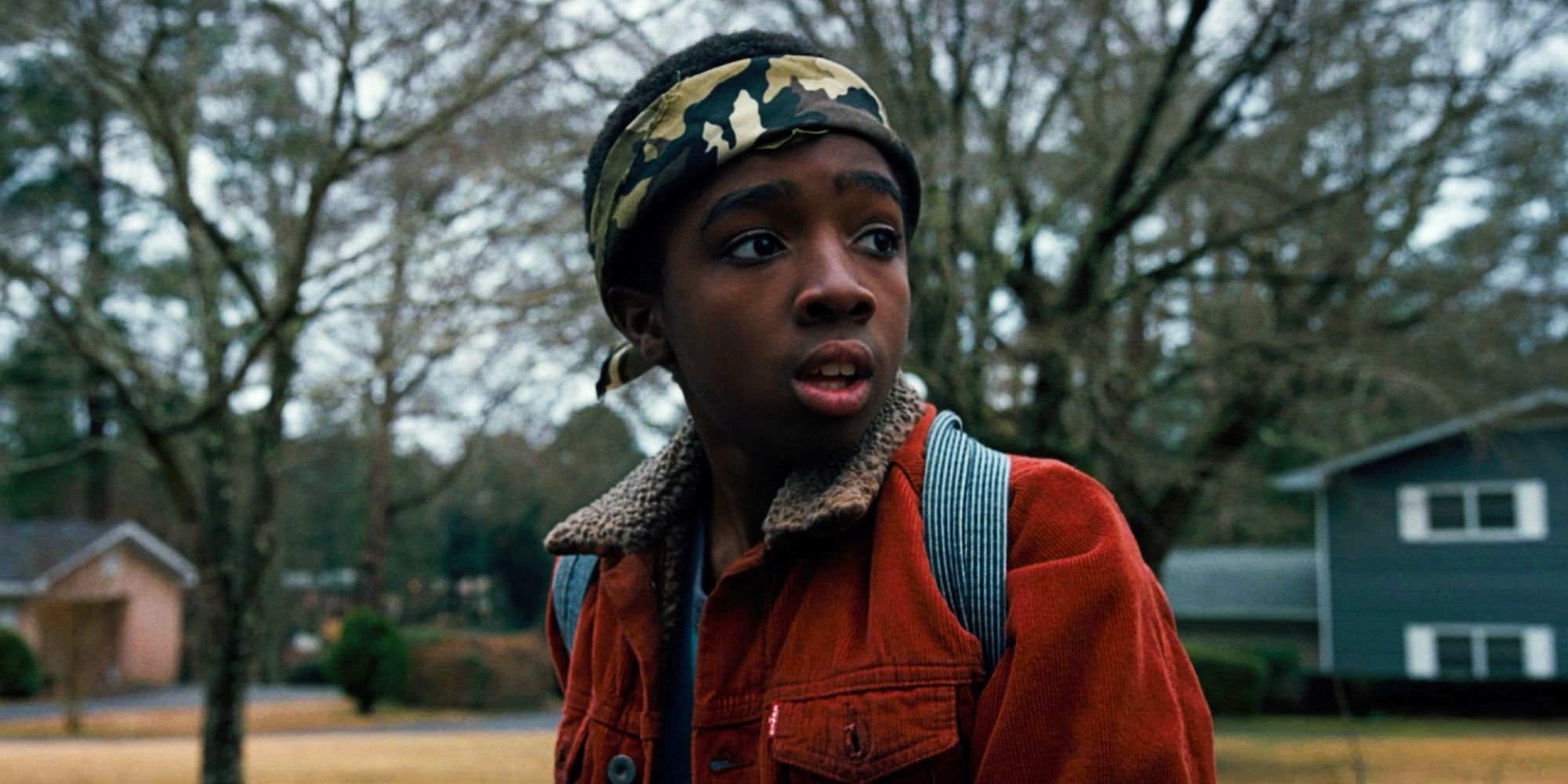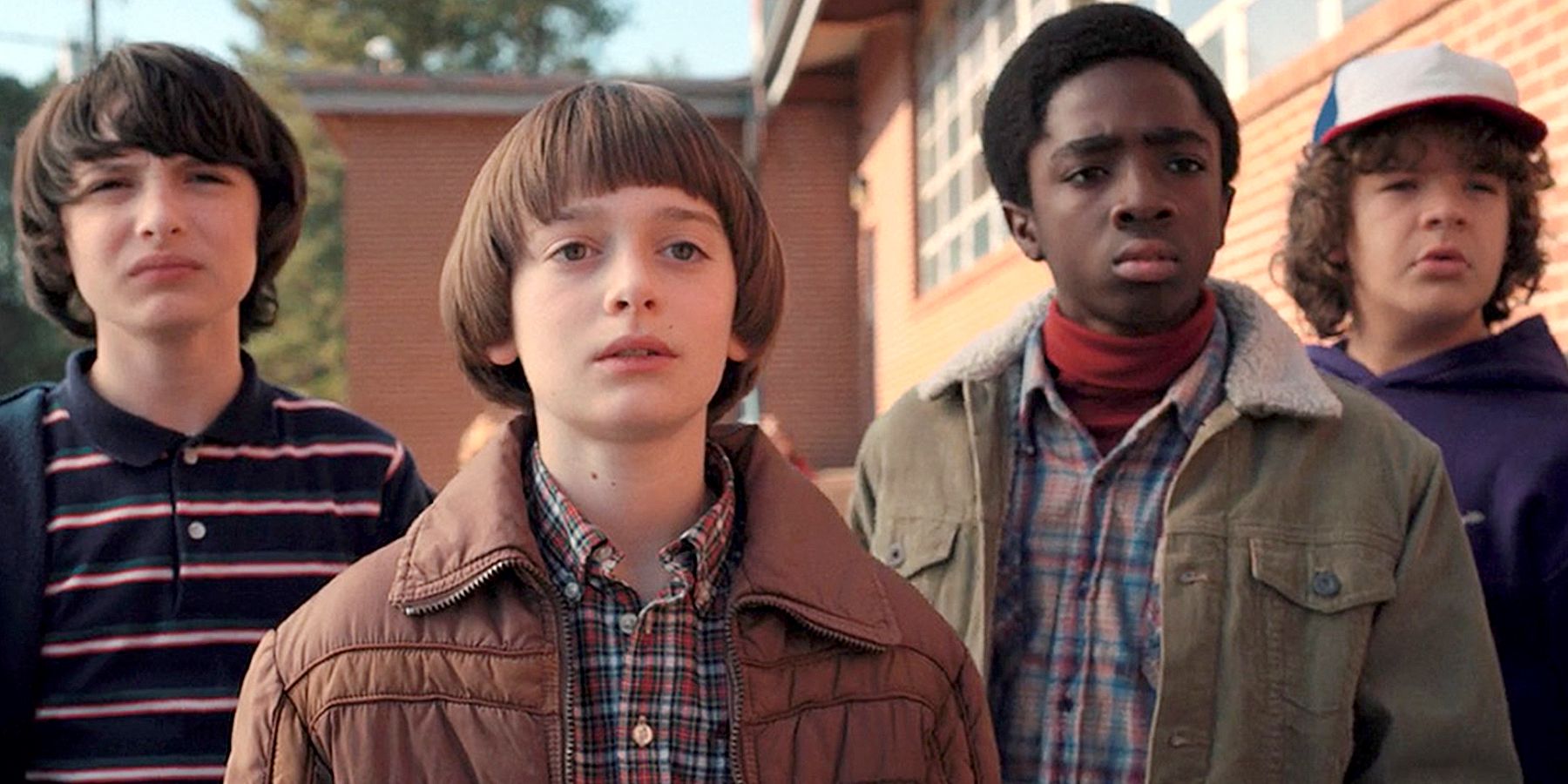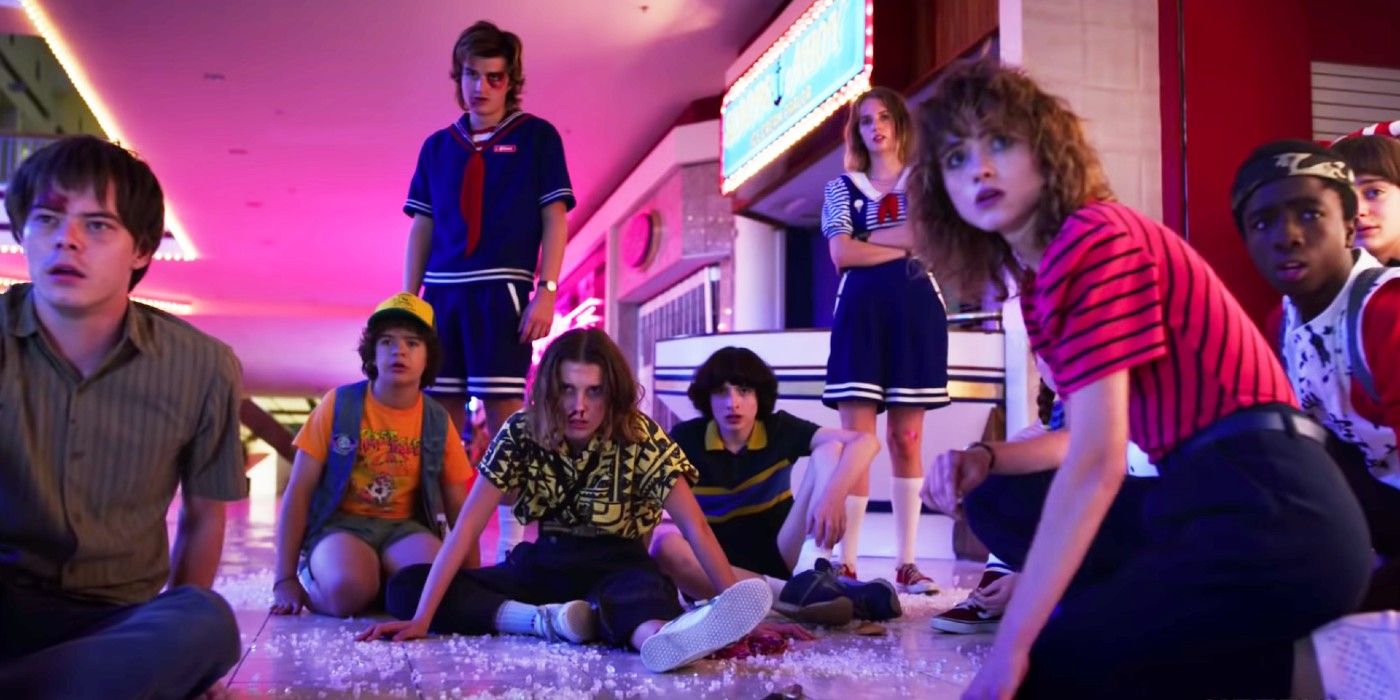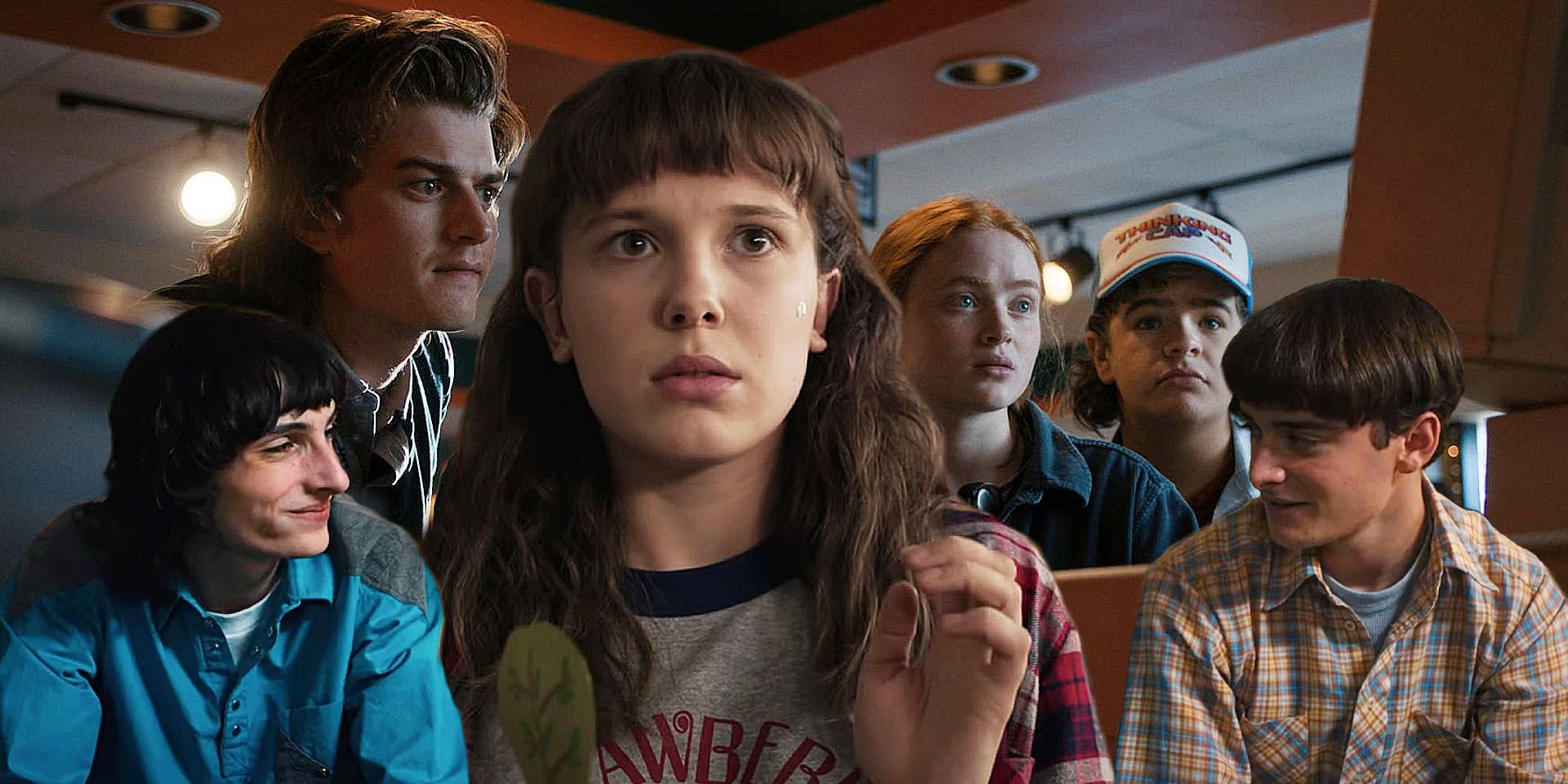Is Stranger Things Season 2 a Continuation of Season 1
The scope of Stranger Things ' epic season 4 is bigger than anything the show has attempted before, but how has the scale of the series changed over the years? After the release of its fourth season on May 27th, 2022, Stranger Things has become as sprawling and high-stakes as a movie franchise, with the town of Hawkins facing total annihilation from Vecna, a monster unlike anything the Upside Down has offered up before. In its first season, the sci-fi horror series was a combination of small-town mystery and nostalgic coming-of-age dramedy. However, asStranger Things has gone on, its scope has varied drastically from season to season.
The appeal of Stranger Things was unique in a crowded streaming marketplace, making its outsized success no surprise. Despite starring a group of lovably nerdy kids as its central heroes, Stranger Things had a dark tone that will only continue, as season 4's terrifying elements firmly illustrate. The series has also always played its horror elements dead straight. Despite featuring plenty of comic relief, the show also took its characters seriously, with Stranger Things stalwarts like Winona Ryder's harried single mom Joyce Byers and David Harbour's brooding Hopper providing gravitas. In contrast, the kid characters added ample moments of charm and character comedy.
However, the appeal of Stranger Things transformed as the series progressed, with a gradual shift in tone and scale occurring between each season. Stranger Things' epic approach for season 4, which takes place all over the U.S. (and even Kamchatka) and features a hitherto-unseen level of horror, emphasizes how the series' scope has changed, making good on executive producer Shawn Levy's promise that the installment would have a "cinematic" feel. How has the scope of Stranger Things' story transformed up to this point, and is a bigger version of the show better than Stranger Things' humble beginnings according to the reception of recent seasons?
Stranger Things Season 1: Slow And Steady

The first season of Stranger Things looks vastly different from season 4, showcasing how the series has changed over time. Season 1 was a slow-burn mystery that hid its smaller budget by drawing out its action, and taking time to establish its small cast. There were sci-fi and horror elements to Stranger Things from the pilot's cold open onward. Still, the series drip-fed the more out-there elements slowly throughout the first season and mostly stuck to character drama — despite constantly hinting at a bigger picture conspiracy. This approach conserved its budget, while also making the human drama as compelling as the sci-fi action. There were some side characters — though not too many— and Stranger Things season 1 mostly focused on three storylines: the kids, Hopper and Joyce, and Nancy and Jonathan. Despite sweet moments like Nancy and Jonathan's tentative romance, Stranger Things season 1 was, by the creators' own admission, inspired as much by the dark kidnapping drama Prisoners as ET and The Goonies, and this inspiration is reflected in the slow, thoughtful, and occasionally somber season that foreshadows Stranger Things'epic later seasons without giving away the whole game.
Stranger Things Season 2: Faster (But Not Bigger)

Stranger Things season 2 was one of the show's best-received outings, as it amped up the pace but introduced precious few new cast members. Instead, the series spent most of the season fleshing out existing characters. Most of the new additions (like conspiracy theorist Murray Bauman) existed to facilitate an existing plotline (like getting Jonathan and Nancy together). Billy, Max, Dr. Owens, and Bob Newby made up most of the new arrivals. However, the action of Stranger Things season 2 was still limited almost entirely to the small town of Hawkins, meaning the expanded cast never made the show feel too big or ambitious. There was one exception to this, as Stranger Things season 2 brought Eleven to Chicago for a standalone outing. The much-maligned Lost Sister episode, which introduced Kali and was broadly dismissed as an unnecessary detour for the season, could be seen as a harbinger of things to come. AsStranger Things moved into its later seasons, its story and cast have become even more far-flung.
Stranger Things Season 3: Busier, Bigger, & More Chaotic

Stranger Things season 3 was the most sprawling season to date when it debuted, as it introduced dozens of new characters and killed off most of them in short order (Stranger Things' local newspaper staff perhaps being the most blatantly under-written throwaway figures of the season). Although its action was technically still limited to Hawkins, season 3 also jetted off to Russia in the end and almost leveled the small town via the Mind Flayer's massive monster form. This means the scope of Stranger Things increased dramatically, despite its setting staying the same. While all of these new faces set up the events ofStranger Thingsseason 4, it didn't do any favors for the third installment.
This chaotic outing of the series also attempted to follow separate plot lines revolving around Robin, Steve, and Dustin's story, Joyce and Hopper's story, Mike and El's story, Jonathan and Nancy's journey, and Billy's solo plot, making it an overstuffed and messy season. The biggest problem with Stranger Things season 3 was the show adding too many minor villains and side characters, which detracted from the screen time of the main characters and rendered their interactions less believable as a result. In particular, Mike and El's forced breakup betrayed a clumsiness and broad, caricatured writing that jarred with the believable awkwardness of their adolescent interactions in seasons 1 and 2. So, while season 3 upped the ante on the suspense and action necessary for the season 4 Hawkins takeover, it didn't really translate well for its prior's plot.
Stranger Things Season 4: More Epic Yet Grounded

In the wake of season 3,Stranger Things' epic season 4 definitely feels even bigger, but thankfully returns the series to its roots when it comes to thoughtful storytelling and character development.Stranger Things season 4 volume 1 sees plenty of new characters introduced (including Eddie, Argyle, and the Creel family), brings back characters from previous seasons (most notably Dr. Brenner), and keeps nearly every member of its expansive core cast in play, as well. Combined withStranger Things' season 4's much wider variety of locations, terrifying villain, and plethora of cinematically epic moments, it would be easy for the series to continue exacerbating all of the issues with its chaotic season 3.
Stranger Things season 4 actually feels much more grounded than season 3, likely due to its extended episode runtimes. It provides high-stakes and emotional moments and wild battle scenes balanced by humor and believable character building. Season 4 takes the time to develop strong backstories for its protagonists and villains and allows its side characters like Suzie to really shine during their time onscreen. Even though its scope is vastly different from season 1, Stranger Things season 4 actually marks a much-needed return to the type of storytelling that made its first outing such a success.
Stranger Things season 4, volume 2 releases on Netflix on July 1.
Want more Stranger Things season 4 articles? Check out our essential content below...
- Why Eleven Doesn't Have Her Powers In Stranger Things Season 4
- Stranger Things Season 4 Cast & Character Guide
- Stranger Things' Vecna Identity, Powers & Origin Fully Explained
- How Hopper Survived Stranger Things Season 3's Ending
- How Many Kids Were In Hawkins' Lab (& How Many Are Dead)
- What The Grandfather Clock Means In Stranger Things Season 4
Source: https://screenrant.com/stranger-things-4-epic-scope-seasons-changing-scale-explained/
0 Response to "Is Stranger Things Season 2 a Continuation of Season 1"
Post a Comment